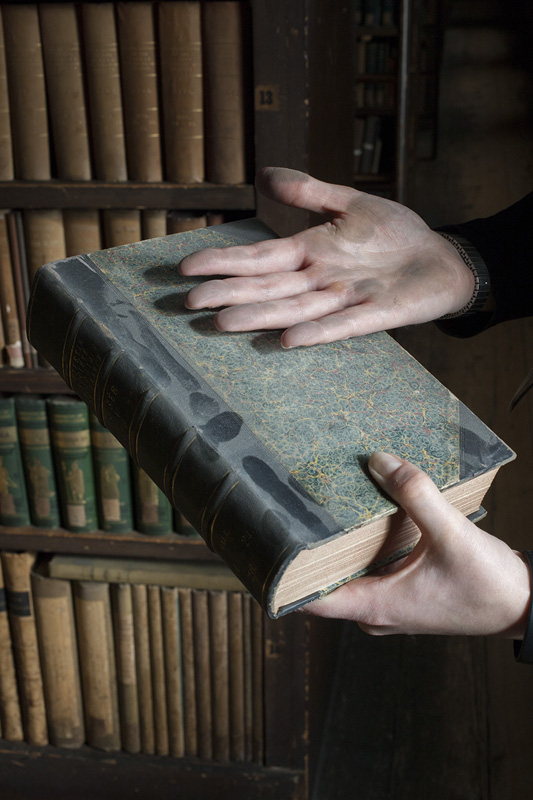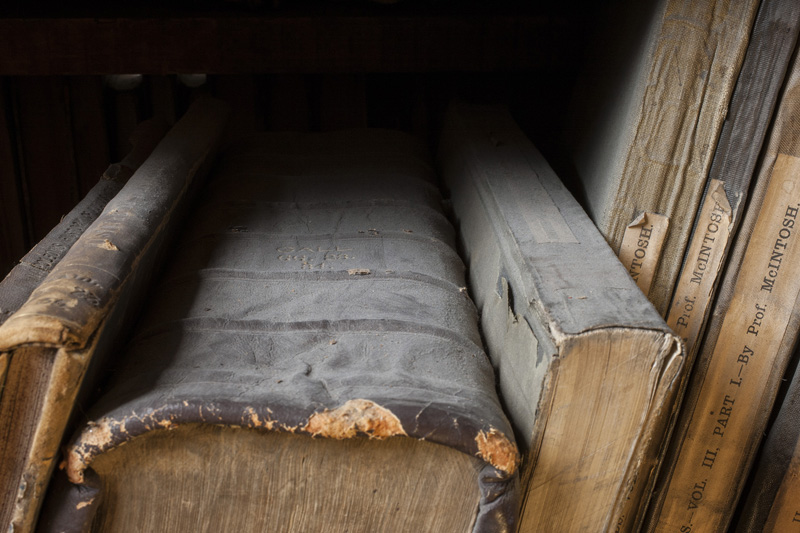Why study dust?
When matter breaks down through disintegration or decay, dust is created. Because some particles are miniscule, dust is highly mobile.
In the Long Room, dust is constantly being deposited on the books and surfaces, with very fine particles remaining suspended in the air.
The dust contains a mixture of organic and inorganic material, and includes leather and paper fibres, particles from building materials, vehicle exhaust emissions from the external environment, and hair, fibres and dead skin cells from staff and visitors.
The study of dust has significance in our understanding of the interactions between the environment and the Library's collection.
The high dust levels are contributing to the aging of the collection, yet its removal can also cause damage. As it is impossible to eradicate all dust, we must try to understand how quickly it is accumulating, and what its constituents are, in order to reduce its impact.
How much dust is too much dust?
People's perception of dust varies; some see it as the patina of history while to others it indicates neglect. Dust is constantly accumulating on the Library's collections. Since we can't completely eradicate it, we must try to understand it.
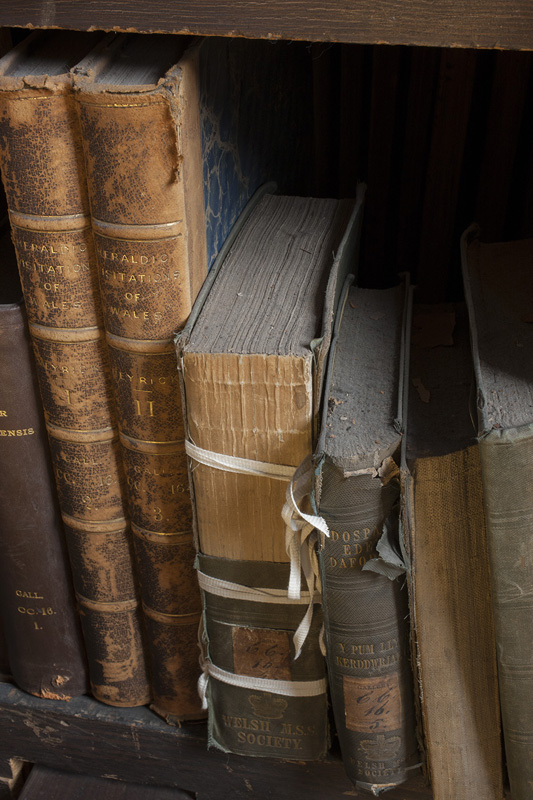
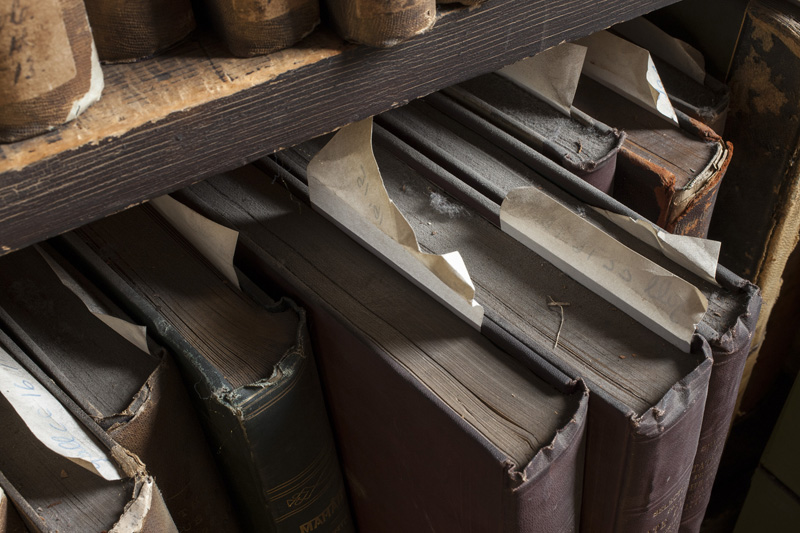
What is dust made of?
Dust is a heterogeneous mixture of organic and inorganic matter, large and tiny particles. It can deposit on objects or be suspended in the air.
Dust is challenging to characterise as it can vary from sample to sample, and from season to season.
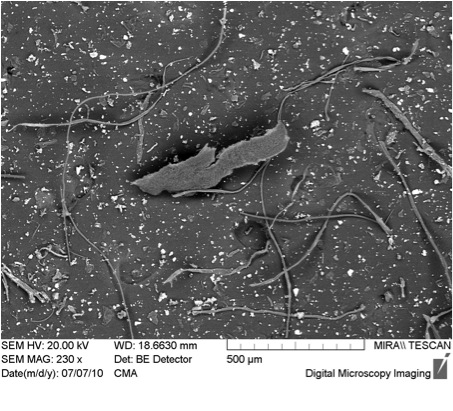
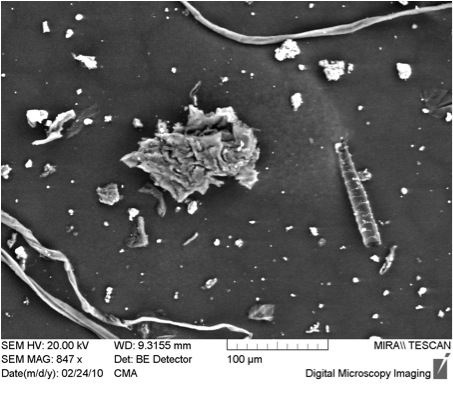
The microscopic world of dust
These images were taken using a scanning electron microscope (SEM) and show samples of dust from the Long Room and Gallery at very high magnification. One image includes a leather fragment, lost from the degraded binding of a book; the other image shows a section of hair shaft. Note the number of fibres in the images, both hair and fibres are shed as people move around the Old Library. The inorganic portion of dust is dominated by small particles from the urban environment, both newly generated from construction and through natural aging of building and paving materials.

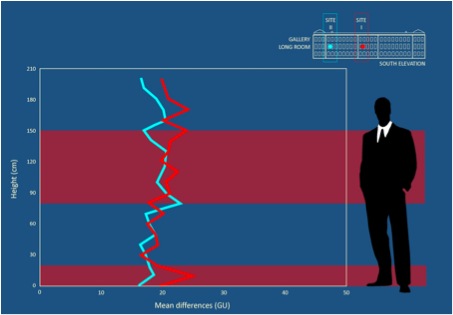
How to measure dust?
In the Old Library we have used the 'Loss of Gloss' technique to assess how quickly the dust is accumulating, and to identify areas which seem to be dustier than others. How and where dust collects is controlled by multiple factors. Proximity to windows or stairwells, and use of the room are influential.
The 'Loss of Gloss' technique uses a glass slide as a passive dust collector. Dustiness is quantified by measuring a clean slide, then exposing it to the environment for a certain period of time, and afterwards measuring the reduction in surface reflectance. The two numbers are directly comparable as the same place on the slide is measured before and after exposure.
These graphs show some of the findings from our dust monitoring experiments. It appears that dust deposition does not vary significantly over the vertical range, and that there seems to be a strong relationship between visitor numbers (related to time of year) and dust deposition. The study of dust has wide-ranging significance in understanding the chemical interactions between the indoor environment and historic artefacts.

